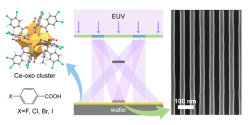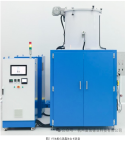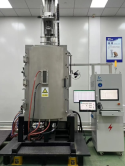Google translated
....
....
"Professor Fang Lu's team at Tsinghua University broke a century-old dilemma and successfully developed the world's first sub-angstrom-level snapshot spectral imaging chip - "Yuheng", which has overcome the long-term problem of being unable to achieve both spectral resolution and imaging speed. It is based on a revolutionary reconfigurable computational optical imaging architecture, which condenses the traditional and cumbersome physical spectroscopy system into a chip that is only 2 cm square.
....
....
Integrated lithium niobate photonics for sub-ångström snapshot spectroscopy
Last edited:




